Why Do We Get DOMs and How Do We Get Rid Of Them
Delayed onset muscle soreness, otherwise known as DOMs, refers to the pain and stiffness felt in the muscles typically 24 to 72 hours after intense or uncommon exercise. This is a completely natural and normal response to unaccustomed exercise and is not necessarily an indication of injury.
It is caused by micro-tears in the muscle fibers and inflammation which occurs as a result of intense or unaccustomed exercise. During exercise, especially exercise involving eccentric contractions (lengthening of the muscle), your muscles will experience small amounts of damage. Over time, this damage will trigger an inflammatory response in the body leading to the symptoms of DOMs. Some examples of exercise that may lead to this response includes, but is not limited to: downhill running, weight lifting and plyometrics.
The accumulation of metabolic byproducts in the muscles, such as lactic acid, also contributes to DOMs. The reason for this build up in the muscles occurs when there is not enough oxygen keeping up with the energy demands of the muscle when it's working hard. The feeling of lactic acid build up is a burning sensation in the muscles which can add to the overall soreness and discomfort of DOMs.
The frequency of DOMs is highly dependent on a variety of different factors during exercise, including the type, intensity, duration, frequency of the exercise, your individual fitness levels and recovery strategies. It is more common to experience DOMs after the first few sessions if you are new to the specific type of exercise or if you have not exercised in a while. As your body begins to adapt to the exercise, you may experience less or no DOMs. However, on the other hand, when you increase intensity, duration or frequency of your exercise routine, you may still experience DOMs regardless of how familiar you are with the exercises.
Some strategies that can help to alleviate the symptoms of DOMs and speed up the recovery process include:
Adequate time for rest and recovery
Although you may be looking to go hard at the gym/with your exercise, sometimes it’s more beneficial to take a break from intense exercise, get enough sleep and give your body enough time to heal. The rest will allow for your body to repair and rebuild the tiny tears in your muscle fibers in order to reduce the inflammatory response and feelings of DOMs. The body is also given the opportunity to become more efficient at performing the exercise when there is time allowed for rest.
Gentle movement
Taking a break from high intensity exercise and doing low intensity exercise such as light walking and swimming can increase blood flow and promote healing and relaxation on recovery days. This can help to reduce the impact of DOMs on your muscles.
Stretching and foam rollingWhen stretching and foam rolling, this helps with reducing muscle tension by increasing blood flow to the affected areas. When the blood flow is increased it means oxygen and nutrients are circulating the area and help to reduce the inflammation. The act of foam rolling applies pressure to the affected muscles which can help to break up the scar tissue formed as a result of exercise.
Massage therapySimilar to stretching and foam rolling, massage therapy also results in added pressure to muscles in order to relieve the tension and promote blood flow in order to reduce the symptoms of DOMs.
Over the counter pain medicationOver the counter medication such as Panadol can help to reduce the pain associated with DOMs however should only be used after consultation with your doctor. If the pain is bearable, it would be recommended to try the other recovery strategies.
At World Fitness, we provide Mobility & Recovery Products that can help with enhancing your recovery process. It is important to listen to your body and adjust your exercise routine and recovery strategies accordingly in order to minimise your risk of injury while also maximising the benefits of exercise.

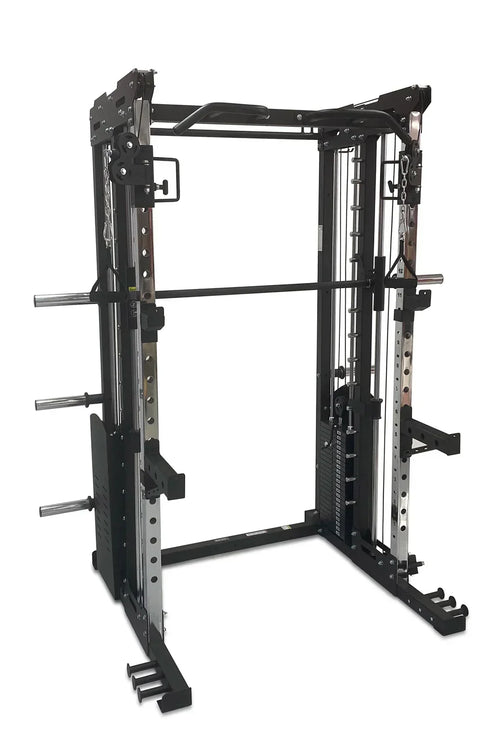
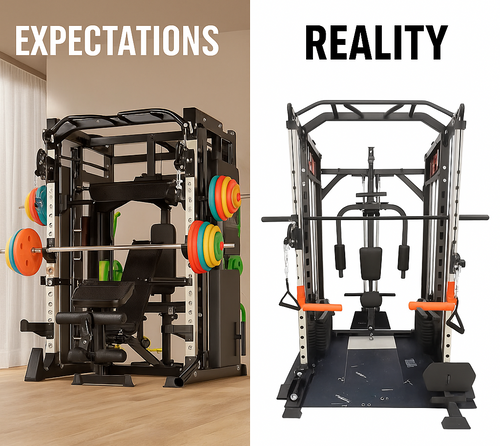
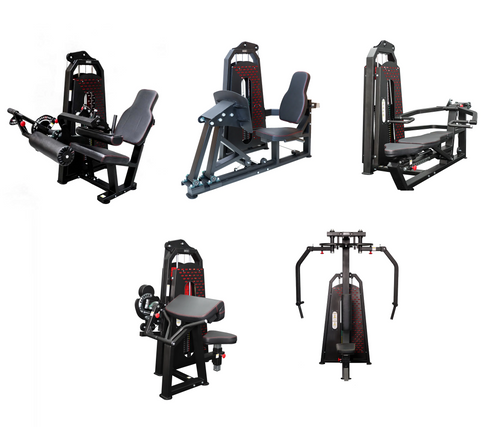
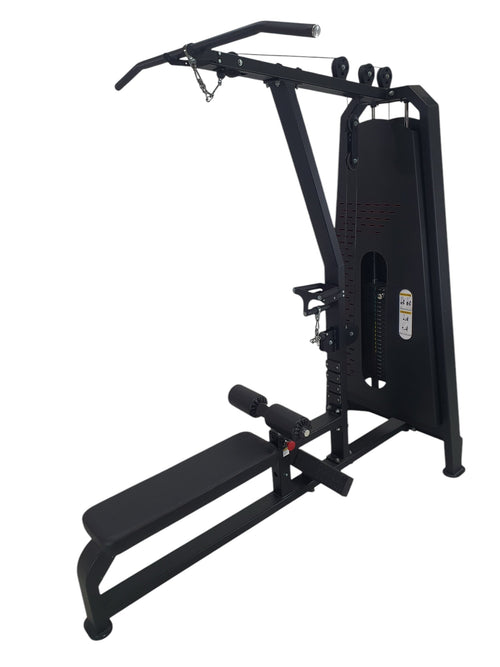
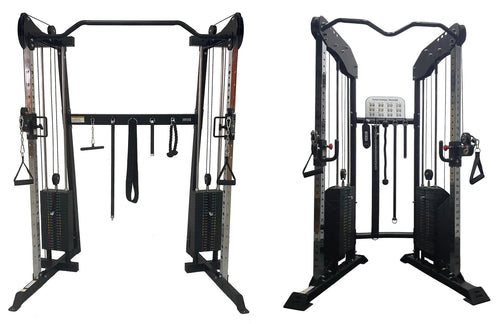



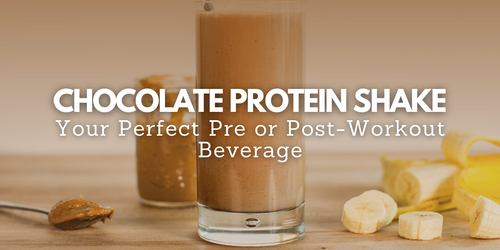










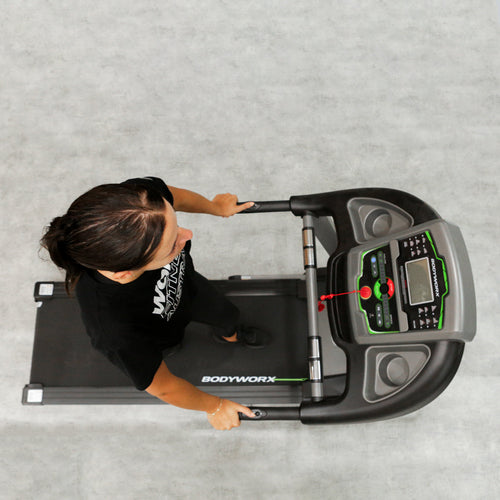
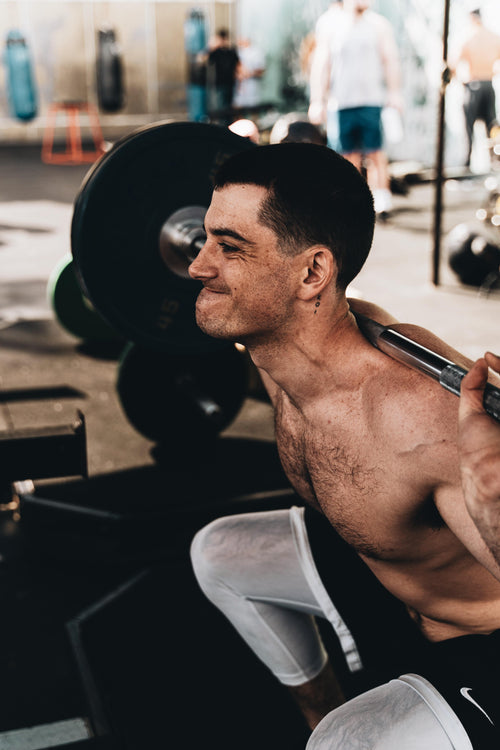

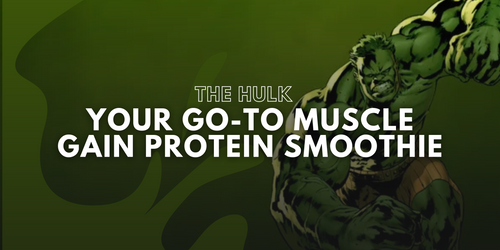
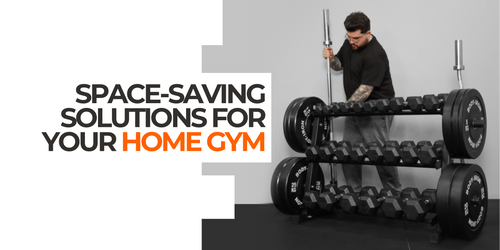
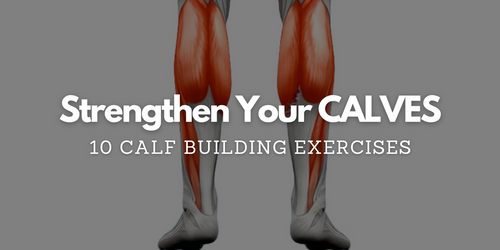
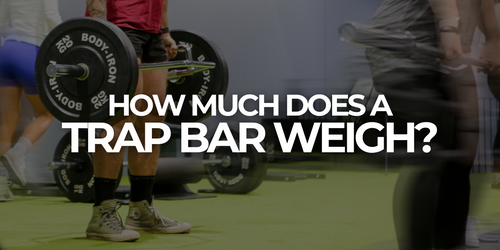
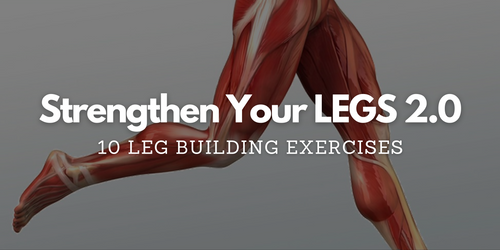
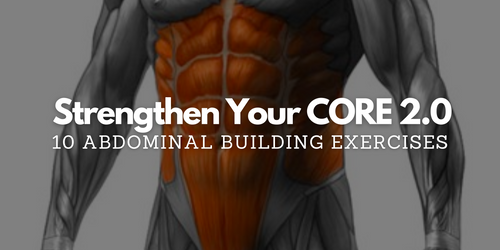


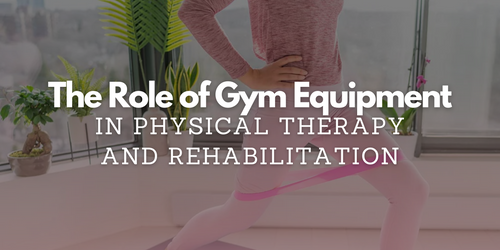
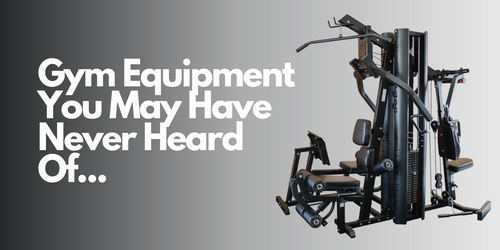
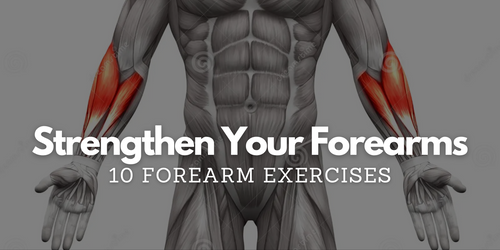

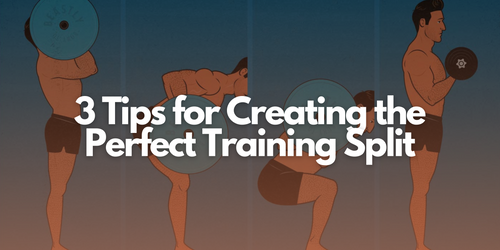
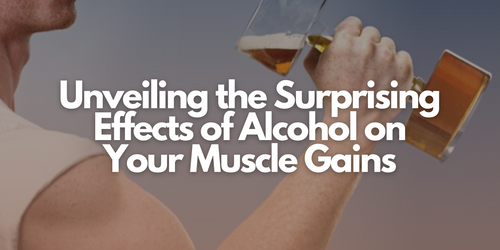



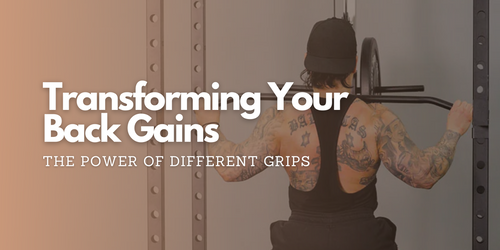
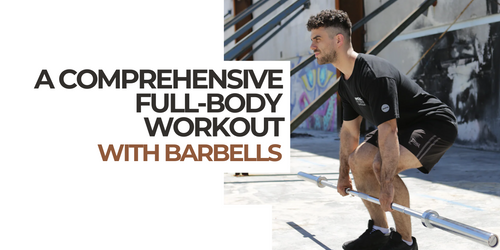
Leave a comment